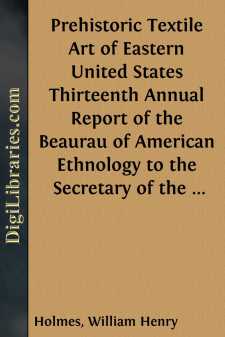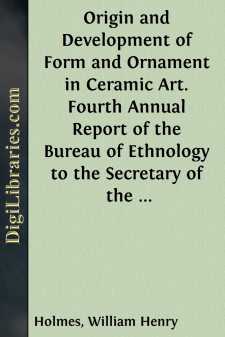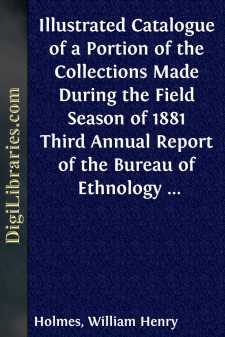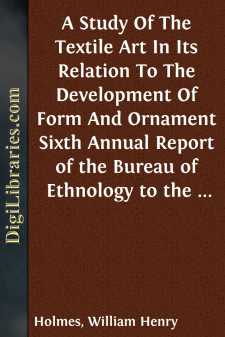Categories
- Antiques & Collectibles 13
- Architecture 36
- Art 48
- Bibles 22
- Biography & Autobiography 813
- Body, Mind & Spirit 142
- Business & Economics 28
- Children's Books 17
- Children's Fiction 14
- Computers 4
- Cooking 94
- Crafts & Hobbies 4
- Drama 346
- Education 46
- Family & Relationships 57
- Fiction 11829
- Games 19
- Gardening 17
- Health & Fitness 34
- History 1377
- House & Home 1
- Humor 147
- Juvenile Fiction 1873
- Juvenile Nonfiction 202
- Language Arts & Disciplines 88
- Law 16
- Literary Collections 686
- Literary Criticism 179
- Mathematics 13
- Medical 41
- Music 40
- Nature 179
- Non-Classifiable 1768
- Performing Arts 7
- Periodicals 1453
- Philosophy 64
- Photography 2
- Poetry 896
- Political Science 203
- Psychology 42
- Reference 154
- Religion 513
- Science 126
- Self-Help 84
- Social Science 81
- Sports & Recreation 34
- Study Aids 3
- Technology & Engineering 59
- Transportation 23
- Travel 463
- True Crime 29
Prehistoric Textile Art of Eastern United States Thirteenth Annual Report of the Beaurau of American Ethnology to the Secretary of the Smithsonian Institution 1891-1892, Government Printing Office, Washington, 1896 pages 3-46
Categories:
Description:
Excerpt
SCOPE OF THE WORK.
About the year 1890 the writer was requested by the Director of the Bureau of Ethnology to prepare certain papers on aboriginal art, to accompany the final report of Dr. Cyrus Thomas on his explorations of mounds and other ancient remains in eastern United States. These papers were to treat of those arts represented most fully by relics recovered in the field explored. They included studies of the art of pottery, of the textile art and of art in shell, and a paper on native tobacco pipes. Three of these papers were already completed when it was decided to issue the main work of Dr. Thomas independently of the several papers prepared by his associates. It thus happens that the present paper, written to form a limited section of a work restricted to narrow geographic limits, covers so small a fragment of the aboriginal textile field.
The materials considered in this paper include little not germane to the studies conducted by Dr. Thomas in the mound region, the collections used having been made largely by members of the Bureau of Ethnology acting under his supervision. Two or three papers have already been published in the annual reports of the Bureau in which parts of the same collections have been utilized, and a few of the illustrations prepared for these papers are reproduced in this more comprehensive study.
Until within the last few years textile fabrics have hardly been recognized as having a place among the materials to be utilized in the discussion of North American archeology. Recent studies of the art of the mound-building tribes have, however, served to demonstrate their importance, and the evidence now furnished by this art can be placed alongside of that of arts in clay, stone, and metal, as a factor in determining the culture status of the prehistoric peoples and in defining their relations to the historic Indians. This change is due to the more careful investigations of recent times, to the utilization of new lines of archeologic research, and to the better knowledge of the character and scope of historic and modern native art. A comparison of the textiles obtained from ancient mounds and graves with the work of living tribes has demonstrated their practical identity in materials, in processes of manufacture, and in articles produced. Thus another important link is added to the chain that binds together the ancient and the modern tribes.
DEFINITION OF THE ART.The textile art dates back to the very inception of culture, and its practice is next to universal among living peoples. In very early stages of culture progress it embraced the stems of numerous branches of industry afterward differentiated through the utilization of other materials or through the employment of distinct systems of construction. At all periods of cultural development it has been a most indispensable art, and with some peoples it has reached a marvelous perfection, both technically and esthetically.
Woven fabrics include all those products of art in which the elements or parts employed in construction are more or less filamental, and are combined by methods conditioned chiefly by their flexibility....






